|
Although commonly associated with pleasure seeking pimps, the waterbed was invented in the 1800's by physician Neil Arnott as a way of preventing bedsores for invalids, while providing a cleaner and pressure free mattress that moves. So by escaping gravity and dust mites the waterbed is beneficial for those bed-bound and suffering from spinal/joint related issues.
However this medical benefit was far from the consumer's consciousness in the 1970s-80s, they saw SEX! Waterbeds were the tits of American culture. Although highly impractical, they allowed the owner to be one with Playboy bunnies and Hugh Hefner. Hefner even had an elliptical king-sized waterbed aboard his private Big Bunny Jet. The bed was fitted with custom seat-belts for turbulent times and was privately accessible for Hefer. So when this jet started rocking, the bunnies came a knocking. Although seemingly luxurious and fun, it is only after sleeping upon a waterbed that one actually realize their absurdity; you are constantly moving, whereas some would say being rocked to sleep by the ocean, others would disagree saying it's like having motion sickness and the drunken spins all in one. Unless you live in a tropical climate, most waterbeds have to be heated in the winter, fall, and spring otherwise you're sleeping on an iceberg. This of course requires a ridiculous amount of electricity, not to mention the innovation required to get a garden hose into your bedroom and the days it takes to fill the damn thing up. Donald King of Stockton California actually suffocated to death after accidentally falling asleep while filling-up his bed. Many leases and insurance policies discourage water-filled furniture. Why? Because waterbeds weight close to 1500-2000 lbs. without people. Most building floorboards and infrastructures cannot handle this, not to mention they are hard to move, have to be maintained and cleaned, and most importantly they are likely to leak. So if you like a bit of risk and you're dying to spice up your bedroom, plus you have a taste for nausea and napping, and a moldy wet wardrobe; waterbeds are for you.
1 Comment
|
LAJ
100 Objects of Popular and Material Culture is an blog exploring the manifestations of human consumption and commodity-ization. The purpose of this experiment is to explore material and popular culture in contemporary society by using objects and concepts to prompt wider questions and reflections. So by emulating The British Museum's and Neil MacGregor's format of A History of the World in 100 Objects I plan to satirically analyze and reinterpreted 100 material culture objects over the course of 2014. Material Culture is the study of our culture's consumption of stuff; namely the manifestation of culture through material productions where people's perceptions of objects is socially and culturally dependent. With this, objects reflect conscious and unconscious beliefs on the the individuals who fabricated, purchased, or used them, and by extension the society where they live. So examining materiality, cultural truths and societal assumptions may be discovered. As anthropologist Arjun Appaduai states "in any society the individual is often caught between the cultural structure of commodity-ization and his own personal attempts to bring a value and order to the universe of things." Objects and commodities make up a much larger symbolic system consisting of want and need, socio-economic status, fashion, etc. Often times form follows function whether the commodity, market, and or consumer forever evolve around one-another. Philosopher Pierre Bourdieu's theories of capital flow full circle; where regardless if you are a minimalist or a hoarder the world is made up of things and everyone will leave their footprint on the earth. So by humorously analyzing marketed objects and concepts, hopefully this blog will provide further incite into ideas of over-consumption, a disposable society, consumerism vs. anti-consumers, planned obsolescence vs. sustainability, as well as the greater good of mankind and future generations. Archives
March 2015
Categories |
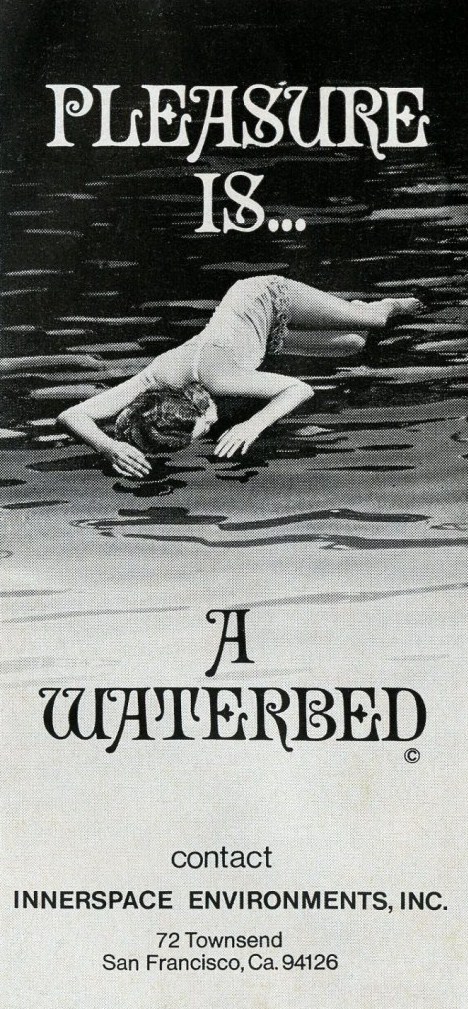
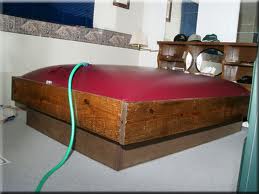
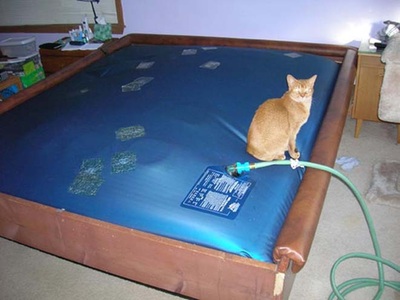
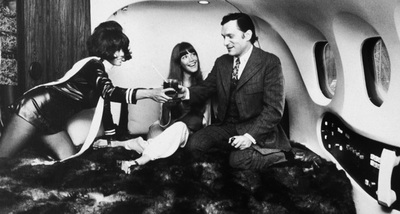
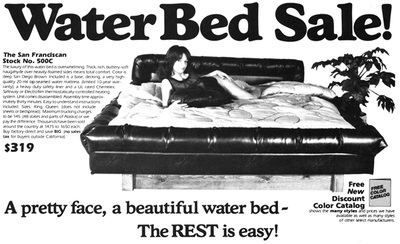
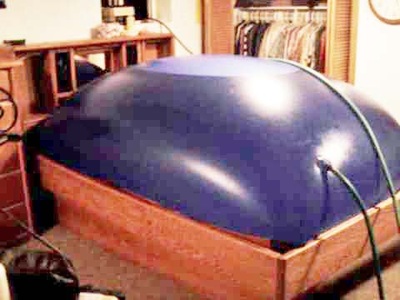
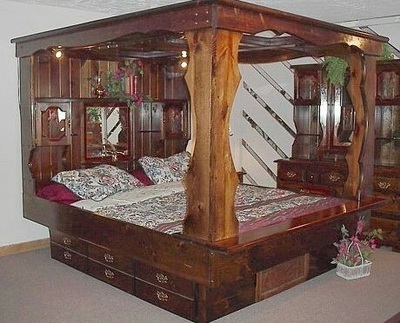
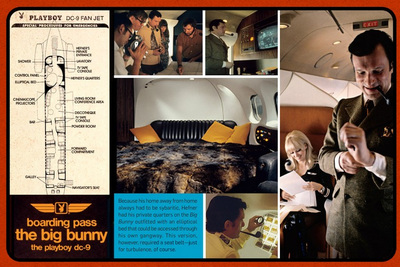
 RSS Feed
RSS Feed